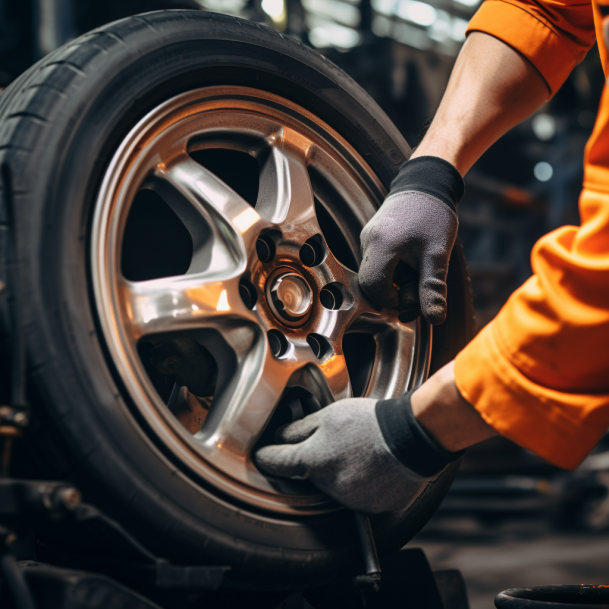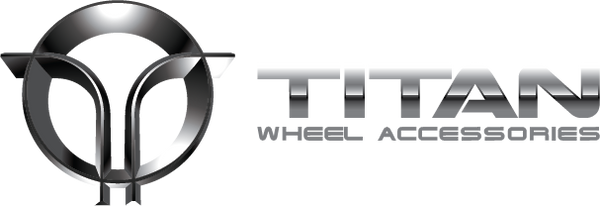
Troubleshooting Your Wheel Spacers
Are you experiencing vibrations or imbalances in your vehicle's wheels after installing wheel spacers?
Are you encountering rubbing or clearance problems that are affecting your vehicle's performance and safety?
Don't worry, we've got you covered. In this article, we will guide you through the process of troubleshooting your wheel spacers to ensure optimal functionality and performance.
We will address common issues such as vibrations, imbalances, rubbing, and clearance problems, providing you with step-by-step instructions on how to resolve them effectively.
Additionally, we will discuss the importance of proper installation techniques and torque specifications to prevent any potential issues.
Lastly, we will provide tips on maintaining and inspecting your wheel spacers for long-lasting durability.
Get ready to troubleshoot like a pro and enjoy a smooth ride with your properly functioning wheel spacers!
Key Takeaways
- Vibrations or imbalances after installing wheel spacers can be addressed by checking the torque of the spacer bolts, inspecting for damage or wear, replacing defective spacers, ensuring proper wheel balancing, and regularly inspecting tires for uneven wear patterns.
- Rubbing or clearance problems affecting performance and safety can be resolved by checking the size of the wheel spacers, verifying correct installation and alignment, and adjusting suspension settings if necessary.
- Proper installation and torque of wheel spacers is important for safe driving. This includes cleaning the hub and spacer surfaces before installation, aligning the spacer snugly against the hub surface, using a torque wrench to tighten lug nuts in a star pattern, following manufacturer's torque specifications, and rechecking torque after driving a short distance.
- To maintain and inspect wheel spacers for longevity, it is important to regularly check for damage or wear, clean the spacers to remove dirt and debris, periodically check the torque of spacer bolts to prevent issues such as loosening bolts or structural damage, and extend the lifespan of the wheel spacers.
Identifying Common Issues with Wheel Spacers
One of the most prevalent issues when it comes to wheel spacers is identifying common problems that may arise. It's crucial to be able to recognize these issues early on in order to prevent further damage or accidents.
One common problem is improper installation, which can lead to vibrations, loose bolts, and even wheel detachment.
Another issue is the potential for increased stress on the wheel bearings due to the additional load applied by the spacer. This can result in premature wear and failure of the bearings if not addressed promptly.
Additionally, wheel misalignment is a common problem that can occur with wheel spacers, causing uneven tire wear and handling issues.
Regularly inspecting your spacers for any signs of these problems and addressing them immediately will help ensure safe and efficient operation of your vehicle.
Addressing Vibrations and Imbalances
To tackle vibrations and imbalances, it's crucial to ensure your ride stays smooth and enjoyable throughout.
Start by checking the torque of the wheel spacer bolts. Use a torque wrench to tighten them to the manufacturer's specifications.
If the vibrations persist, inspect the spacers for any signs of damage or wear. Look for cracks, bends, or excessive corrosion. Replace any defective spacers immediately.
Additionally, make sure that your wheels are properly balanced. Unbalanced wheels can cause vibrations, especially at higher speeds. Take your vehicle to a professional tire shop and have them balance your wheels using specialized equipment.
It's also a good idea to regularly inspect your tires for uneven wear patterns as this could indicate an issue with alignment or suspension components.
By addressing these potential causes of vibrations and imbalances, you can ensure a smoother and safer ride with your wheel spacers installed correctly.
Resolving Rubbing and Clearance Problems
If you're experiencing rubbing or clearance issues, it's important to address them promptly in order to optimize your vehicle's performance and ensure a smooth driving experience. Here are a few steps you can take to resolve these problems:
- Check the wheel spacer size: Make sure that the wheel spacers you've installed are the correct size for your vehicle. If they're too thick, they may cause rubbing against the fender or suspension components.
- Inspect for proper installation: Verify that the wheel spacers have been installed correctly. Make sure they're securely fastened and aligned properly with the hub and wheels.
- Adjust suspension settings if necessary: In some cases, adjusting your vehicle's suspension settings may help alleviate rubbing or clearance issues.
By following these steps, you'll be able to troubleshoot and resolve any rubbing or clearance problems caused by wheel spacers, allowing you to enjoy a smoother ride and optimal performance from your vehicle.
Ensuring Proper Installation and Torque
Make sure you properly install and torque your wheel spacers for a safe and worry-free driving experience. Improper installation can lead to various issues, including vibrations, wheel wobble, and even potential accidents.
To begin the installation process, ensure that both the hub and spacer surfaces are clean and free from any debris or rust. Next, carefully align the spacer on the hub by sliding it on until it fits snugly against the surface.
Use a torque wrench to tighten the lug nuts in a star pattern to ensure even distribution of pressure. It's crucial to follow the manufacturer's recommended torque specifications for your specific vehicle model.
Remember to recheck the torque after driving a short distance to account for any settling that may occur. By following these steps precisely, you can guarantee proper installation and avoid potential problems down the road.
Maintaining and Inspecting Wheel Spacers for Longevity
Regularly checking and maintaining your wheel spacers ensures their longevity and keeps them in optimal condition. To ensure the longevity of your wheel spacers, follow these steps:
- Visual Inspection: Regularly inspect the wheel spacers for any signs of damage or wear. Look for cracks, dents, or loose components.
- Torque Check: Periodically check the torque of the wheel spacer bolts to make sure they're properly tightened. Refer to the manufacturer's specifications for the correct torque values.
By regularly inspecting and maintaining your wheel spacers, you can prevent potential issues such as loosening bolts or structural damage. This'll help extend their lifespan and ensure safe operation on the road.
Frequently Asked Questions
Can I install wheel spacers on all four wheels of my vehicle?
Yes, you can install wheel spacers on all four wheels of your vehicle. However, it is crucial to ensure that you choose the correct size and follow proper installation procedures to avoid any issues or safety concerns.
Are there any specific maintenance tips I should follow to keep my wheel spacers in good condition?
To keep your wheel spacers in good condition, regularly inspect them for any signs of damage or wear. Clean them thoroughly and ensure they are properly tightened to the correct torque specifications as recommended by the manufacturer.
Conclusion
In conclusion, troubleshooting your wheel spacers is crucial for a smooth and safe driving experience. By identifying common issues such as vibrations, imbalances, rubbing, and clearance problems, you can address them promptly.
Additionally, ensuring proper installation and torque is essential to prevent any potential accidents or damage to your vehicle. Regular maintenance and inspection of your wheel spacers will also contribute to their longevity.
By following these steps, you can enjoy the benefits of wheel spacers while minimizing any potential problems that may arise.
